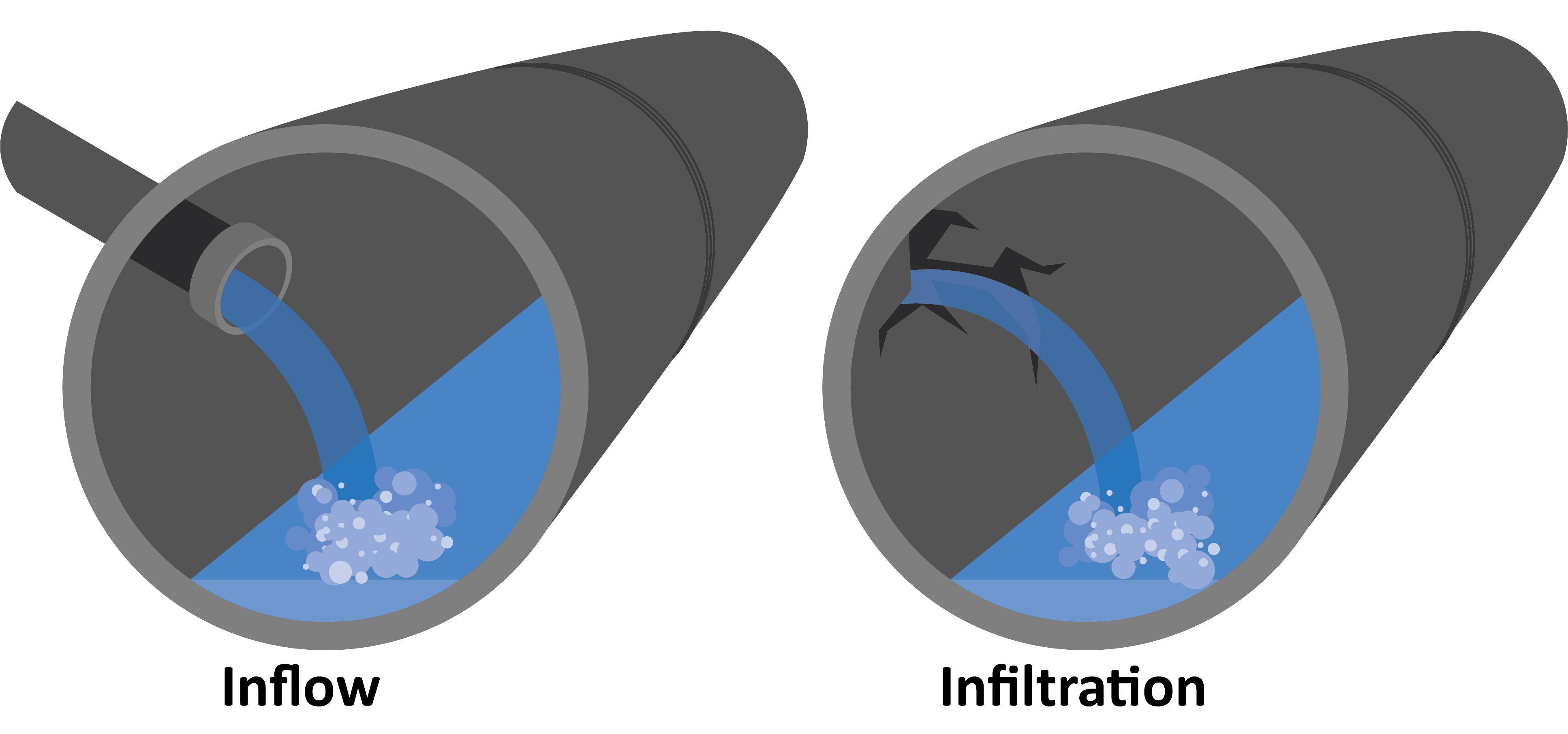
The sanitary sewer system accommodates a range of wastewater volumes, but there are limits. Inflow and infiltration (I&I) is clear water—from storm drainage and groundwater—that enters sanitary sewer pipes. Once in the system, it becomes wastewater and adds volume to the water to be treated by the regional plant.
Clear water from I&I puts unnecessary stress and costs on local and regional systems, while decreasing available capacity.
Consequences of I&I
I&I pushes wastewater treatment to
the maximum and can result in:
- Upgrades to existing systems to
accommodate larger volumes
of water - Sewer backups or overflows
- Environmental impacts
- Maintenance repair costs
Sources of I&I
I&I enters the wastewater systems
as clear water via:
- Open maintenance holes
- Defective sewer laterals
- Improper sump pump connections
- Gutters directing water to sewers
- Uncapped sewer lateral cleanouts
- Aged or broken municipal sewer pipes
Reducing I&I
Ways to help keep clear water
and wastewater separate:
- Examine stormwater connections
- Inspect sewer laterals
- Cap sewer lateral cleanouts
- Repair sewer laterals
- Check sump pump discharge points
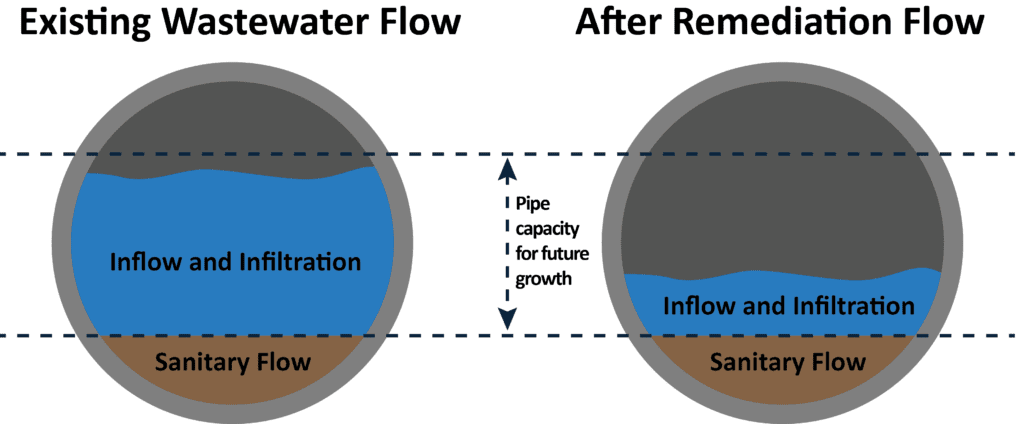
Inflow and infiltration (I&I) reduction
When clear water enters the sewer system through inflow and infiltration (I&I), it is treated unnecessarily. Inspect sewer laterals, sump pumps and gutters to help save local resources and prevent issues on your property like contamination, sinkholes or serious damage.
Inspect and maintain laterals
Blockages, cracks, holes and root infiltration in private sewer laterals can prevent the flow of sewage and allow groundwater to seep in. Work with a local plumber or video inspection service to understand the state of your lateral. Then plan for cleaning, maintaining, repairing or replacing the lateral if necessary.
Cap sewer lateral cleanouts
Sewer lateral cleanouts should be capped so debris and rainwater cannot enter the sanitary system. If your cleanout cap is missing, find a replacement at a hardware store that carries plumbing supplies.
Release sump pumps outdoors
Sump pumps should discharge to the exterior of a building, away from structures to an area where water will not reenter the foundation. Sump pumps should not be connected to the sewer system.
Discharge stormwater connections to lawns
Gutters are intended to move rainwater from the roof of a structure and away from the building so that water does not enter the building. Other stormwater connections like foundation drains should not be connected to the sewer system.
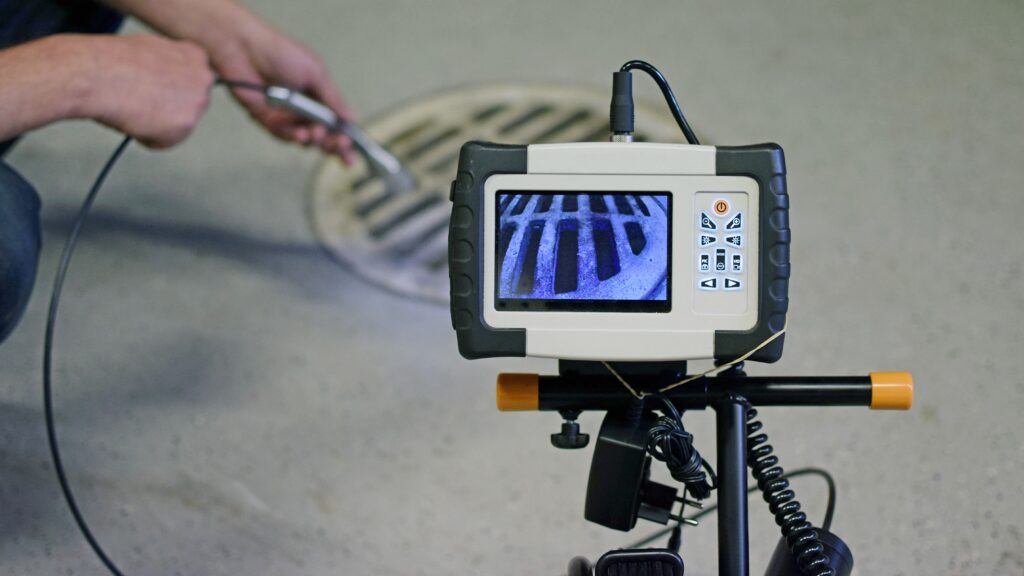
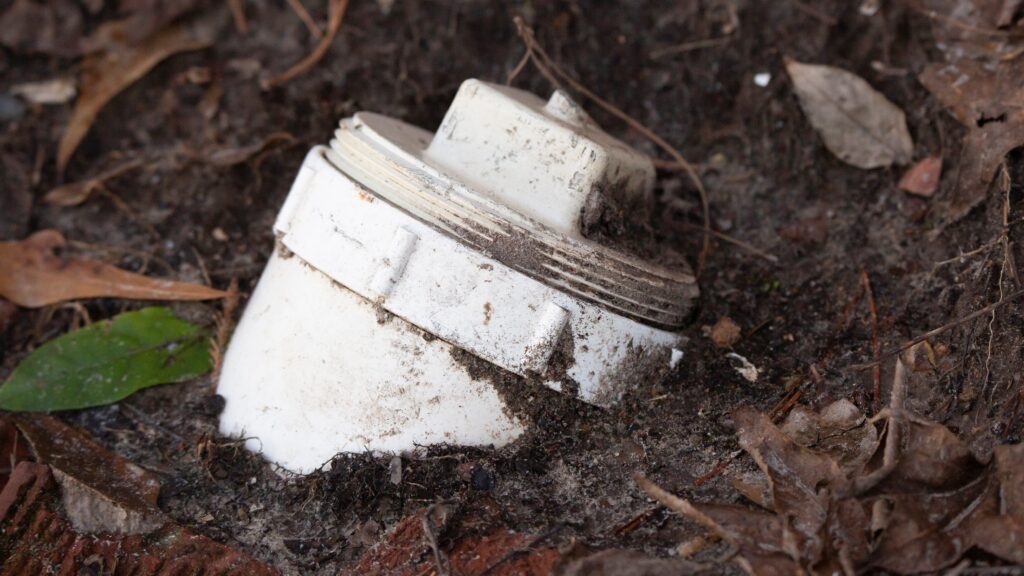
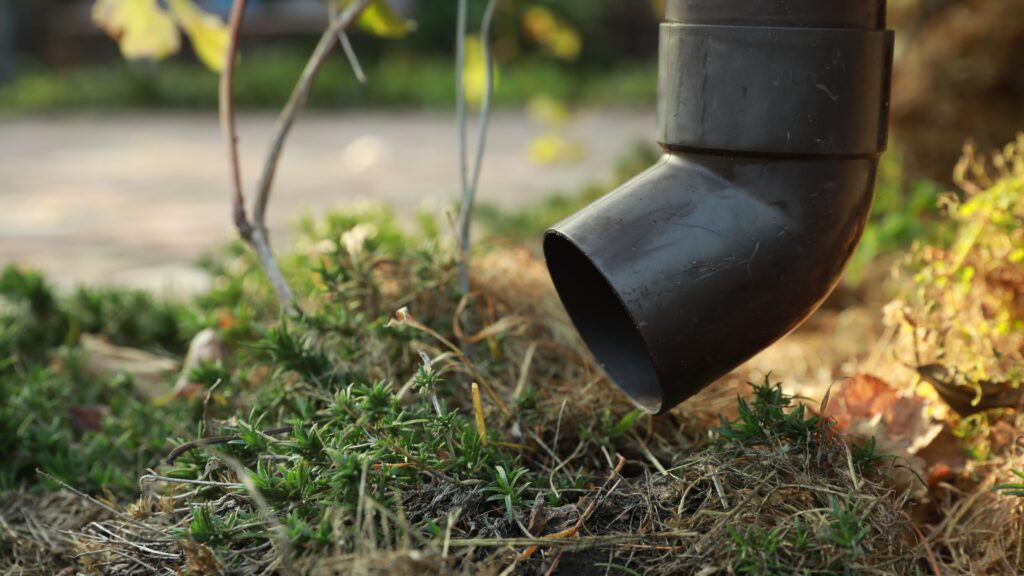
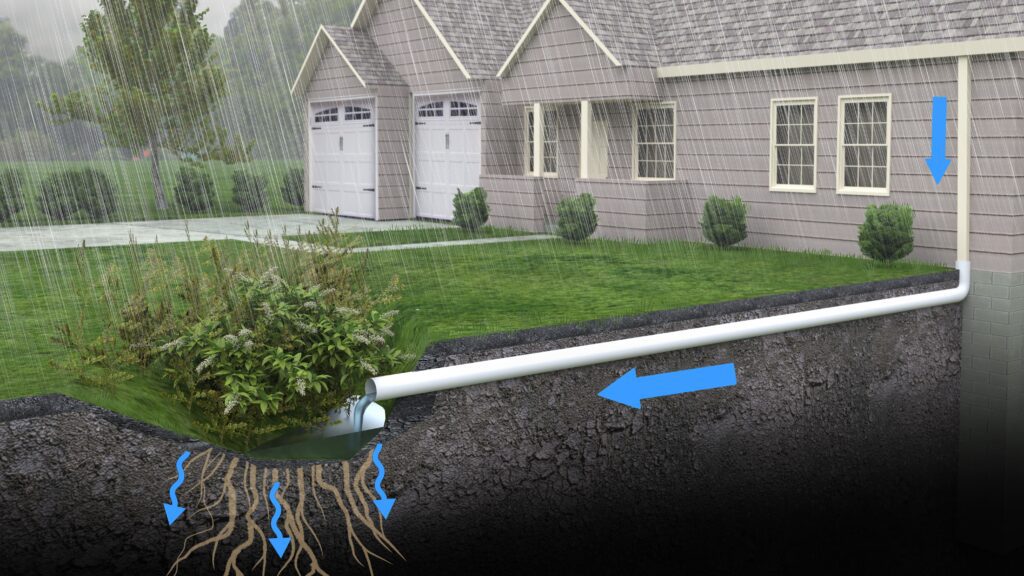
For more information on inflow and infiltration, learn about the regional DRIIPS program (Disconnect and Reduce Inflow and Infiltration to Private Sewers) to help educate property owners and reduce clear water in the sanitary sewers.







